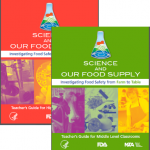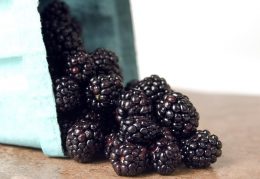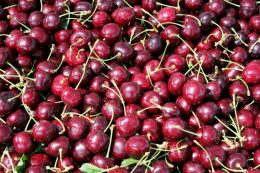
Beginning in May 2018, the U.S. Food and Drug Administration is requiring certain restaurants to post calorie information on menus and menu boards. This is applies to chain restaurants and retail food establishments with more than 20 locations. These operations include:
- Foods served at sit-down and fast-food restaurants, bakeries, coffee shops and restaurant-type foods in certain grocery and convenience stores.
- Take-out and delivery foods.
- Foods purchased at drive-through windows.
- Foods that you serve yourself from a salad or hot-food bar.
- Alcoholic drinks such as beer, wine and cocktails that appear on menus.
- Foods at places of entertainment, such as movie theaters or amusement parks.
Calorie information on menus and menu boards must be clearly displayed. For self-service foods, such as foods served at salad bars and buffets, the information must be clearly displayed so consumers can see it when they are serving themselves.
Learn more at www.fda.gov/ForConsumers/ConsumerUpdates/ucm423082.htm






